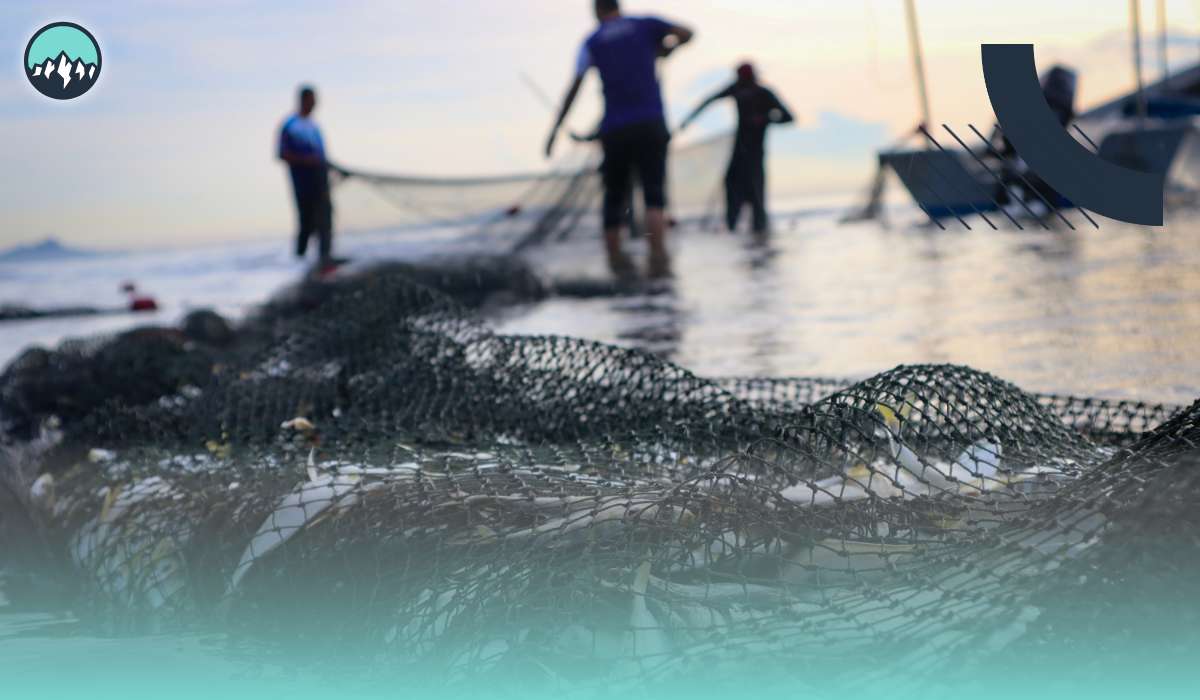New Foreign Labor Stream for Agriculture and Fish Processing: Opportunities in Canada
25 Aug 2025

In response to ongoing labor shortages in critical sectors, Immigration, Refugees and Citizenship Canada (IRCC) announced the development of a new foreign labor stream specifically targeting the agriculture and fish processing industries. This initiative, outlined in the 2025-2026 Departmental Plan, aims to provide a more stable and streamlined pathway for foreign workers to fill essential roles starting in 2025 and 2026.
Why This New Stream Matters
Canada’s agriculture and fish processing sectors are vital to the country’s economy and food supply chain but have long struggled with labor shortages. Previous efforts, such as the Agri-Food Pilot, helped address these gaps but have now closed after reaching application caps. The new stream is designed to offer a permanent, sector-specific work permit that better meets employer needs and provides foreign workers with job stability and potential immigration pathways.
What the New Stream Will Offer
- Sector-Specific Canadian Work Permits: Unlike general work permits, this stream will provide permits tailored to agriculture and fish processing roles, simplifying the hiring process.
- Expanded Partner Country Agreements: Building on existing bilateral agreements (e.g., Seasonal Agricultural Worker Program with Mexico and Caribbean countries), the stream may include new partner countries to facilitate recruitment.
- Faster and More Reliable Hiring: Employers can expect quicker access to foreign labor, reducing delays caused by policy bottlenecks or pilot program limits.
- Potential Pathways to Permanent Residency: While details are still in development, the program may offer routes for workers to transition to permanent residence.
Who Is Eligible?
The stream targets foreign workers qualified for roles in agriculture and fish processing, including but not limited to:
- Farm workers and supervisors
- Harvesting laborer's
- Greenhouse, nursery, and floriculture workers
- Meat cutters, butchers, and poultry preparers
- Fish and seafood plant workers
- Food and beverage processing laborer's
Applicants will likely need to meet standard work permit requirements, including valid job offers from Canadian employers, and may be subject to sector-specific criteria once finalized.
How to Prepare
While the program is still under development, prospective workers and employers can take steps to prepare:
- Employers: Stay connected with Employment and Social Development Canada (ESDC) and industry associations for updates on program rollout and recruitment processes.
- Workers: Gather necessary documents such as employment history, references, and police certificates. Improve language skills and familiarize yourself with Canadian workplace standards.
- Both: Monitor official IRCC announcements and trusted immigration news sources for the latest information.
What This Means for Canada’s Economy and Communities
This new stream reflects Canada’s commitment to supporting essential industries and rural communities that depend heavily on agriculture and fisheries. By ensuring a reliable workforce, Canada can maintain food production, support economic growth, and strengthen its supply chains. For foreign workers, it offers a clearer, more stable opportunity to contribute and build a life in Canada.
FAQs
When will the new foreign labor stream for agriculture and fish processing start?
The program is expected to launch during 2025 or 2026, following policy development and consultations throughout 2025.
Will this stream provide a direct path to permanent residency?
While the details are still being finalized, the program may include pathways to permanent residence, similar to previous pilots like the Agri-Food Pilot.
How is this different from the Seasonal Agricultural Worker Program ?
Unlike SAWP, which is a bilateral program with specific countries, the new stream aims to be broader, with sector-specific work permits and expanded partner country agreements to streamline hiring from multiple countries.




